Graphic design is an important aspect of visual communication and is used in a variety of applications including advertising, branding and packaging. Despite its widespread use, there is still a great deal of misinterpretation and misinformation surrounding the field of graphic design. In this article, we'll look at the most common misconceptions about graphic design and examine the true nature of this profession.
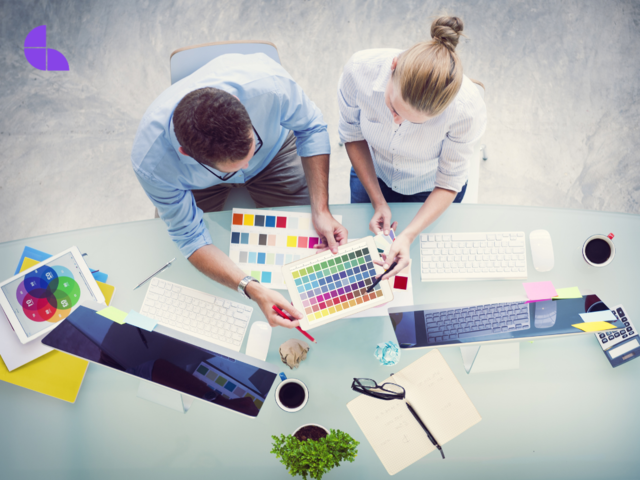
Introduction
Graphic design is a visual means of communication used to convey an idea or a message using typography, imagery, colour, and other design elements. It is a discipline where technical skills are combined with creativity to generate visual solutions. Advertising, branding, packaging, publishing, and the web are just some of the places where graphic design is found.
The Value of Graphic Design
In today’s fast paced world we are constantly bombarded with information, noise and visual stimulants. Marketers and advertisers must work hard to stand out from the white noise and grabbing and holding people’s attention has never been more challenging. The purpose of graphic design is to deliver clear, concise visual data both memorably and efficiently. A well-designed piece should rise above the hum of its competition and convey a message in a manner that is interesting enough to leave a lasting impression.
Overview of the Most Common Graphic Design Misconceptions
One of the most common misconceptions about graphic design is that it is only about making things look "pretty” or “attractive". While visual appeal is an important aspect of graphic design, it is only one of many other elements that must come together in harmony.
Quality graphic design also requires effective communication methods, problem solving, and the creation of a strategic visual solution that meets the needs of a client or project.
To the untrained eye, those unfamiliar with the concept of graphic design believe that designers simply select attractive colours, typefaces, and images and arrange them in an appealing manner. While aesthetics are part of the language of any visual design, it is only a small part of what makes good graphic design.
This Misconception's Limitation
Take for example a design that looks beautiful. It has glorious colours and shapes but it has not communicated the intended message. This is not an example of graphic design, this could in fact be simply defined as a picture. Similarly, a design that conveys the clients message, but is not attractive or interesting to look at, is also an unsuccessful design. Viewing graphic design as only an aesthetic will not only limit the potential of this discipline, but it also ignores other important aspects of design.
The True Goal of Graphic Design
The true goal of graphic design is to effectively communicate ideas and messages through visual communication. Designers must therefore combine technical skills with creativity to generate visual solutions that meet the needs of the client and the project's goals. This involves an understanding of the target audience, clarity of message, an appropriate choice of medium in which to convey the message and vitally, the ultimate goal of the project.
Graphic Design's Realities
Graphic design is a combination of art and science.
Graphic design is often described as a synthesis between art and science. To take graphic design to its full potential, designers must be equipped with both creative and technical skills.
An understanding of design principles such as typography, colour theory, and brand identity is vital but these need to be balanced with technical skills. Without a certain level of proficiency in design software, ideas and designs cannot be elevated and their potential will not be exploited.
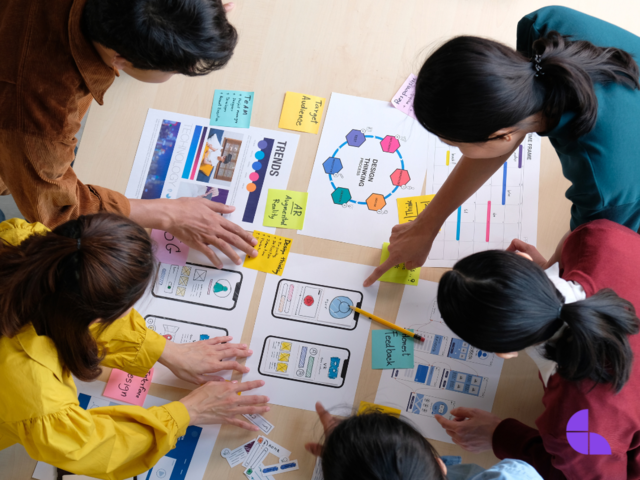
Visual Solutions for Effective Communication
The purpose of graphic design is to effectively communicate an intended message to a target audience. Designers must therefore, have a thorough understanding of a project's needs and goals. It is only after the goals are understood, can the visual elements that will appropriately convey the message be created. This means that designers must carefully consider things like typography, imagery, colour, and layout in order to create a visual solution that is both aesthetically attractive and effective in communicating the intended message.
Problem Solving in Design
Problem-solving is another aspect of graphic design. Designers must be able to take complex information and simplify it in a way that the target audience can understand. In order to simplify a complexity without destroying its essence, a designer needs a thorough understanding of design principles, as well as the ability to think creatively and devise novel solutions to design challenges.
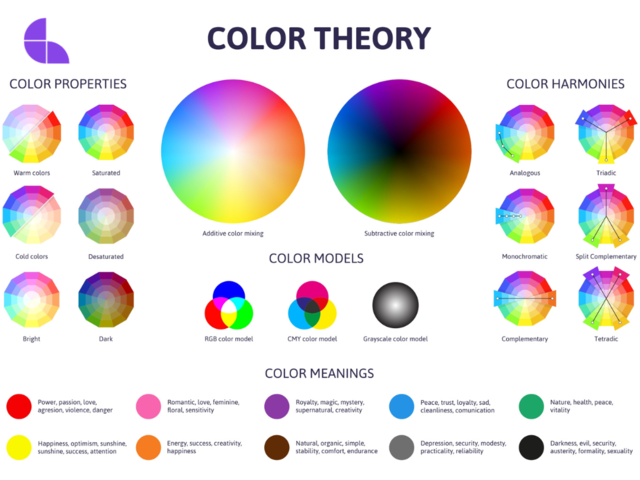
Understanding Design Principles, Typography, Colour Theory, and Brand Identity is Critical
Design principles are the fundamental guidelines that designers will depend upon when creating visually appealing and effective visual solutions that communicate the intended message.
Typography is the art and technique of arranging type to display written language that is legible, readable, and appealing.
The study of colour and how it can be used to create visually appealing and effective designs is known as colour theory.
Brand identity is the visual representation of a brand, which includes logos, colour palettes, and typography.

The Advantages of a Well-Designed Piece
The Effect on the Target Market
A clear and concise message presented in an appealing and memorable manner can leave a lasting impression on the viewer, increasing their likelihood of remembering the message and acting on it.
Meeting the Client's or Project's Objectives
A well-designed piece will help to achieve the desired outcome, whether it is creating a strong brand image, increasing sales, or conveying information.

The Distinction from Competitors
In a crowded marketplace, a strong visual identity can help a brand become more memorable and recognizable, giving it a competitive advantage in the market.
In short, the most common misconception about graphic design is that it is simply about making things look nice. While visual appeal is an important aspect, it is simply one of many parts that make a complete graphic design. Effective communication, problem solving, and the creation of a strategic visual solution that meets the needs and goals of the client or project are all components of graphic design. Designers must have a strong creative and technical foundation, as well as a thorough understanding of design principles, typography, colour theory, and brand identity. Understanding the true nature of graphic design allows us to better appreciate its significant impact on our daily lives.
We would like to thank you for visiting our website and for taking time to read our article on common misconceptions about graphic design and we hope that the article was helpful. Learn more about our courses and become a professional designer today.
